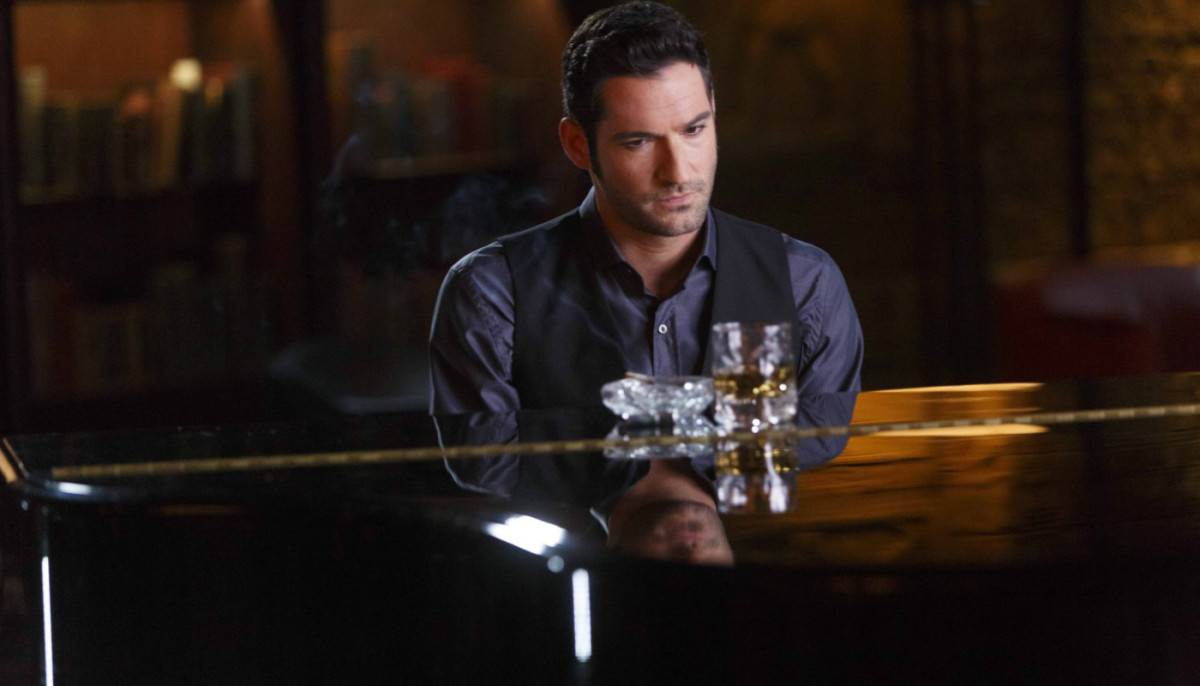Movies don’t all cost the same to make. ‘Mission: Impossible – Ghost Protocol’ reportedly cost $ 145 million to make, plus tens of millions more for prints and advertising, while ‘Young Adult’ cost a reported $ 12 million to make and spent a fraction of the Tom Cruise spectacle’s cost on marketing. Yet both movies have the same ticket price at your multiplex. In fact, uniform pricing has been the policy at American movie theaters for 40 years, and hardly ever does anyone think to ask why.
Well, OK, Derek Thompson at the The Atlantic asked why this week. He did some research and reporting, and, short answer: because the uniform price structure has been in place for so long that everyone is used to it.
It wasn’t always that way, however. In the 1960s, theaters used to charge more for what are now called “event movies” — the ‘Harry Potters’ or ‘Twilights’ that are guaranteed box-office draws. But they stopped after studio arm-twisting 40 years ago. (Fittingly enough, the event movie that applied the squeeze was 1972’s ‘The Godfather.’) Ever since, movie theaters have charged the same for big-budget studio spectacles and low-budget indie dramas alike.
Still, you’d think that the theaters, if they wanted to, could apply a sliding scale that takes both production cost and supply-and-demand into account and charge more for popular movies (which tend to be expensive studio films) while discounting the price to see less popular ones (inexpensive indies with limited marketing budgets). Sure, such a system would have to predict how likely a movie is to become a hit — or, after it has been playing a while, how much demand has fallen off — but that information isn’t hard to find; neither are data on which times of year people are most and least likely to go to the movies. So you’d think theaters could increase their profits with variable pricing. In fact, after a box office year as dismal as 2011, you’d think they’d jump at the chance.
Thompson cites a 2007 University of Arizona study (which you can read in .pdf form here) that looks at overseas models to suggest that variable pricing could work here if it were tried. But the study also notes that there are a lot of institutional and psychological barriers in the way of such a change.
For one, the studios aren’t going to thrill to any policy that returns them less money on tickets for some movies, or to any policy that irons out the supply-and-demand inefficiencies enough to extend a movie’s stay in theaters. There are two reasons the studios like the short runs. First, most revenue splitting between studios and theaters is done on a sliding scale that favors the studios early in a movie’s run and theater owners later, so the longer the run, the more exhibitors benefit at the expense of distributors. Second, the studios have been trying for years to shorten the theatrical exhibition window so that they can get on to the home video release, where the majority of the studios’ profit is made.
Plus, there’s the difficulty of policing; what’s to stop patrons from buying tickets to the cheap movie and then sneaking into the expensive movie? More importantly, there’s the issue of perceived fairness. Moviegoers already routinely complain about ticket prices; will they really accept further jacking of prices for event movies, or will they root themselves ever more firmly to the living room sofa to wait for the video release?
But maybe it wouldn’t be that hard to ease consumers into accepting variable pricing. After all, we’ve already accepted some types of tiered ticket pricing. Kids and seniors pay less than most adults. Some theaters charge less for matinees or weekday screenings. And formats like IMAX and 3D have allowed theaters to reintroduce event pricing for some movies.
Beyond that, however, is a variable you can’t quantify: entertainment value. Is ‘Ghost Protocol’ really more entertaining than ‘Young Adult’? If so, is it twice as entertaining? One and a half times? As movie critics are fond of noting, there’s no real correlation between a movie’s budget and its quality.
Since theaters have no quality control over the product, about all they can do is try to improve the quality of the overall theatrical experience — which, after all, is what you’re really buying for the price of your ticket. Some theaters are indeed trying to make improvements, whether by installing more comfortable seats with better sightlines, or upgrading projectors and speakers, or adding gourmet food options. Still, customers continue to complain about dirty theaters, rude crowds, lax image and sound standards, dim projection (especially for 3D movies), and most of all, the prices of tickets and snacks. As home theater systems continue to improve, and as on-demand and streaming options continue to multiply, it’s always going to be easier and more comfortable to watch a movie in your living room a few weeks or months after its theatrical run than to be motivated to leave your couch and go to the multiplex.
At this rate, the only movies that will succeed in theaters will be event movies, and it won’t matter what the price is. So there’s little incentive to monkey with the current uniform price structure. Besides, the box office isn’t where the profit is, anyway. It’s at the concession stand. Let us know, will ya, when they institute variable pricing there, so that we don’t have to take out a loan to buy a tub of popcorn.
[Photo: Paramount (‘Mission: Impossible’)/Paramount (‘Young Adult’)]
Follow Moviefone on Twitter
Like Moviefone on FacebookFollow Gary Susman on Twitter: @garysusman



 Movies News4 years ago
Movies News4 years ago


 Celebrities8 years ago
Celebrities8 years ago


 Movies News8 years ago
Movies News8 years ago


 Celebrities7 years ago
Celebrities7 years ago


